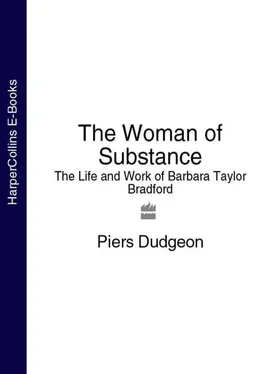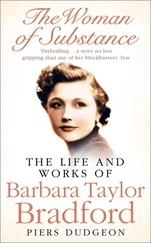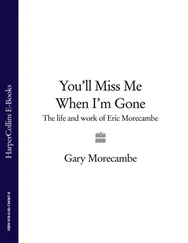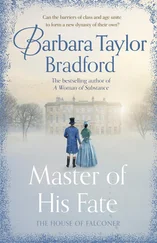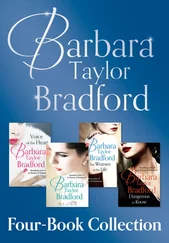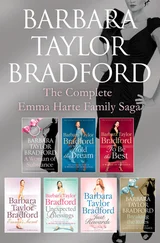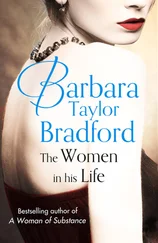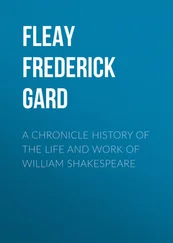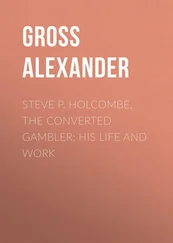By this time Edith’s father, John, was forty-seven and had married again, his second wife, Elizabeth, being four years his junior. Edith herself was ten, going on eleven, and very likely a pupil at the nearby Minster Girls Primary School. The only other alternative would have been the Industrial School, reserved for the very poor and substitute for the Workhouse School, which had closed its doors for the last time a few years earlier.
Siblings Elizabeth Ann, John William and Joseph (twenty-two, twenty and thirteen respectively) were still at home, but there is no sign of eldest brother Thomas or of Minnie, who, if she was alive, would have been fifteen, old enough to be living out as a maid. Also sharing the house is a lodger, John Judson, and a ‘grandson’ (possibly Elizabeth’s or even Minnie’s child) by name of Gabriel Barker. It must have been a tight squeeze.
John had quite possibly made the move back to Ripon to avail himself of the wealth of job opportunities. The city’s position on the western fringe of the Vale of York – good sheep-rearing country – had made it the centre of the mediaeval wool trade, its three rivers diverted into a millrace or water course, which flowed from High Cleugh, southwest of the city, through Water Skellgate, to Bondgate Green in the southeast, serving three mills in the process. Ripon’s pre-eminence in this had continued into the late fifteenth century, but then steadily declined and various other industries had come to the fore. In the seventeenth century, Ripon rowels (spurs) had gained a worldwide reputation, so that Ben Jonson could write in his play The Staple of News (1626):
Why, there’s an angel, if my spurs
Be not right Rippon.
The city was also renowned for its saddletrees, frames of saddles worked from local ash, elm and beech – horse racing has been part of Ripon’s life since 1664, and fourteen days of flat racing are still staged between April and August at Yorkshire’s Garden Racecourse. Button-making made another important economic contribution and, a century later, out of the French Revolution came a gift of an industry from a band of Ripon-bound French refugees, who were befriended by a French-speaking Yorkshireman called Daniel Williamson. In return for his welcome the immigrants handed Williamson the secret details of a varnish-making process, and the lucky man set up the first varnish-making business in England, becoming so successful that today Ripon manufacturers are still doing business in every major country of the world.
Besides these, an iron foundry made a significant contribution from the nineteenth century, and the city also supported a hive of little industries, such as bone-and rope-millers, tanners, fell-mongers, coachbuilders and chandlers. Finally, as many as nineteen per cent of those in employment in the city at this time were able to find work as unskilled labourers.
Upon arrival, Edith’s brother, Joseph, found work as ‘a rope twister’, while his father, John, took up as a lamplighter. ‘One of my earliest memories is of kneeling on a chair by a window waiting for the lamplighter,’ wrote one J. Hilsdon, a Ripon citizen of those days. ‘He was a tall figure, who carried a pole with a light on the end. The street lamps were gaslights and he tipped the arm to release the gas and lit the mantle. Presumably he made a second round to extinguish them.’
When one soaks up the history of Ripon in late Victorian and Edwardian times, the chief impression is of the huge divergence of lifestyle between rich and poor, who nevertheless lived on top of one another in so small a place as this. When Beryl Thompson arrived in 1956 she was spellbound by the accessibility of the city’s history, and has spent her life looking into the plight of the poorest citizens ever since. ‘I have done this over a period of about thirty or forty years,’ she told me, ‘and some of the places that children lived in Ripon at this time – if you read the medical inspectors’ reports – were not fit to be in. They were no better than pigsties down St Marygate or Priest Lane [this is the oldest part of the city, site of the original Celtic monastery]. If you look at the early maps you will find a lot of courts all over the city – there’s Foxton’s Court and Thomson’s Court and Florentine’s Court and so on. I think there were a lot of hovels in these courts and they probably shared lavatories or there’d be a cesspool outside or a midden. They were trying to clean it up at the turn of the century, but the reports still comment on this.’
These courts were a throwback to mediaeval times and a common sight in the nineteenth and early twentieth centuries, not only in Ripon. The imagination of Charles Dickens, as a boy alone in London, his parents incarcerated in the Marshalsea debtors’ prison, was set alight by ‘wild visions’ as he lurked around their entries and looked down into their inky depths. In Ripon, the city centre retained its mediaeval street plan right into the twentieth century, and the labouring poor were consigned to cottages in just such dark and dismal courts or yards, set behind the narrow streets. Very often at the top of them you’d find workshops – a blacksmith, bakery or slaughterhouse.
There was tremendous movement by the poor within them. In the first decade of the twentieth century, Edith’s brother Joseph (Barbara’s great uncle) moved at least four times in the space of four years through one maze of them. In 1907 he could be found at 2 York Yard, Skellgarths (a continuation to the east of Water Skellgate), having just moved there from 3 Millgate Yard. By 1910 he had moved to 1 York Yard, then to 4 York Yard. In 1911 he took up residence at 3 Johnson’s Court, between 14 and 16 Low Skellgate (continuation to the west of the street), settling there and getting wed. Sadly, he was then almost certainly killed in the First War, for when records resumed in 1918 the sole occupant of 3 Johnson’s Court was his widow, Ruth Matilda Walker. Within a year she remarried, her second husband a man called James Draper. And life went on.
These yards were private, often close-knit communities, safe from outsiders because few dared venture into them unless they had business to perform, but Beryl was right that conditions were grim. In 1902, a Ripon sanitary inspector reported: ‘The really antiquated and disgusting sanitary arrangements now existing in the poorer quarters – where it is not unusual to find numbers of homes crowded round a common midden, which is constructed to hold several months’ deposit of closet and vegetable matter, ashes and every sort of household refuse imaginable, and which remains in a festering and decaying condition, poisoning what pure air may reach the narrow courts . . .’
A Ripon Council report, dated seven years before Freda was born, records one domicile ‘where ten human beings have been herded together in a space scarcely adequate for a self-respecting litter of pigs,’ and it is recorded in A Ripon Record 1887–1986 that in 1906, when Freda was two, increasing numbers of children were turning up at school without shoes.
The awful conditions in which unskilled working-class people lived in Edwardian England was so widely appreciated that in the hard winter of 1903, the New York Independent could find no more deserving case than England to cover: ‘The workhouses have no space left in which to pack the starving crowds who are craving every day and night at their doors for food and shelter. All the charitable institutions have exhausted their means in trying to raise supplies of food for the famishing residents of the garrets and cellars of London lanes and alleys.’
As in London, so in Ripon. These horrors were to be found ‘within a stone’s throw of our cathedrals and palaces’, as William Booth, founder of the Salvation Army, noted in his book, In Darkest England and the Way Out (1890). George R. Sims, a respected journalist writing a year earlier, had conjured up a picture that would not have seemed out of place in Dickens’s A Tale of Two Cities , of ‘underground cellars where the vilest outcasts hide from the light of day . . . [where] it is dangerous to breathe for some hours at a stretch an atmosphere charged with infection and poisoned with indescribable effluvia.’
Читать дальше
